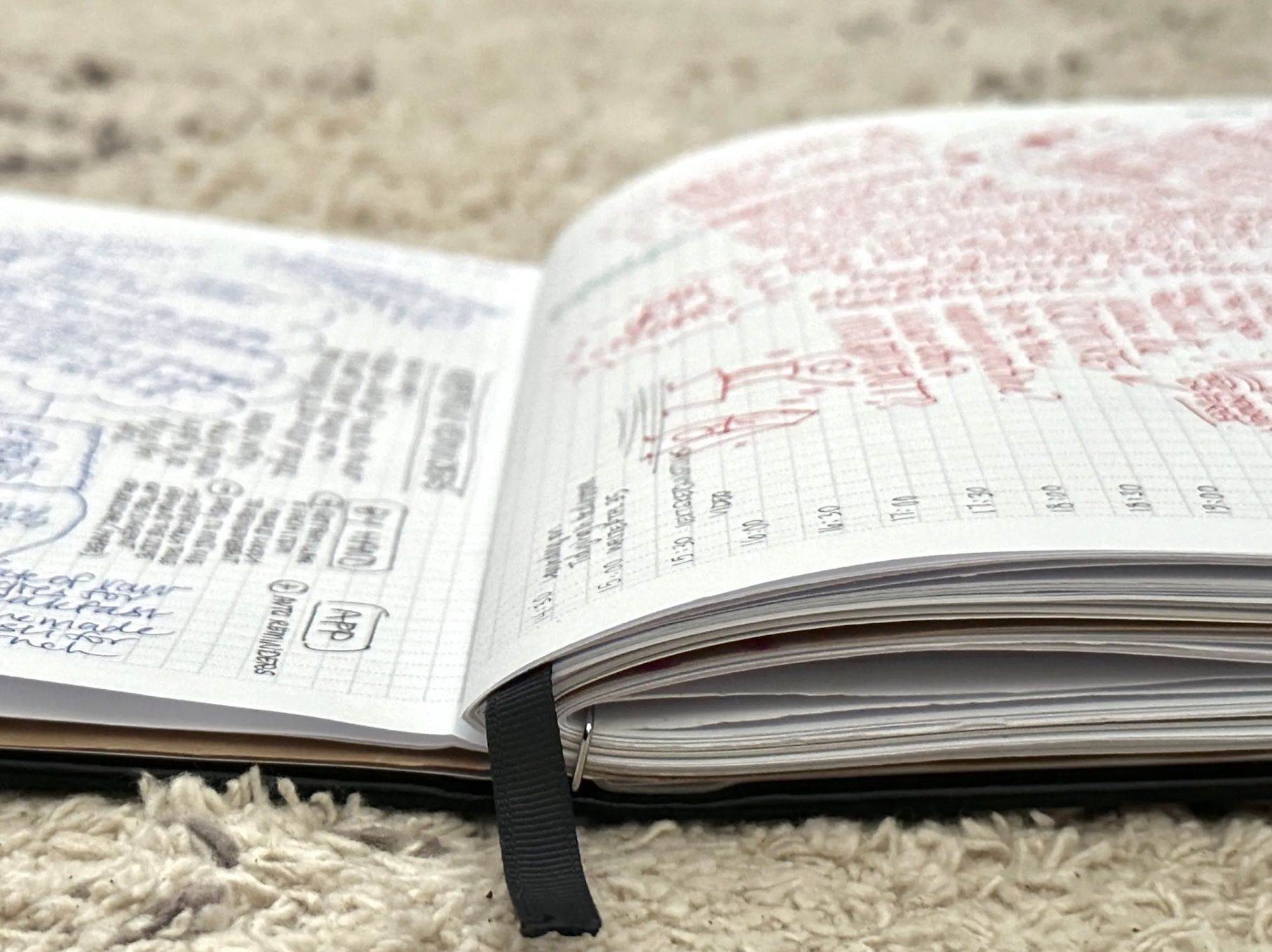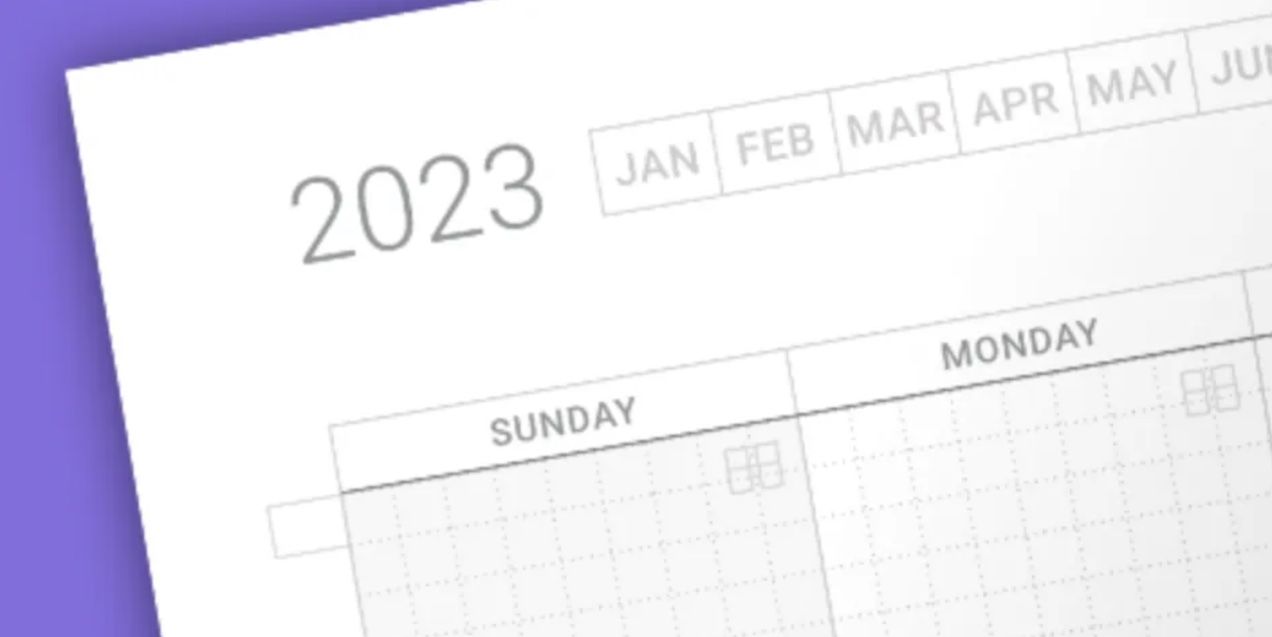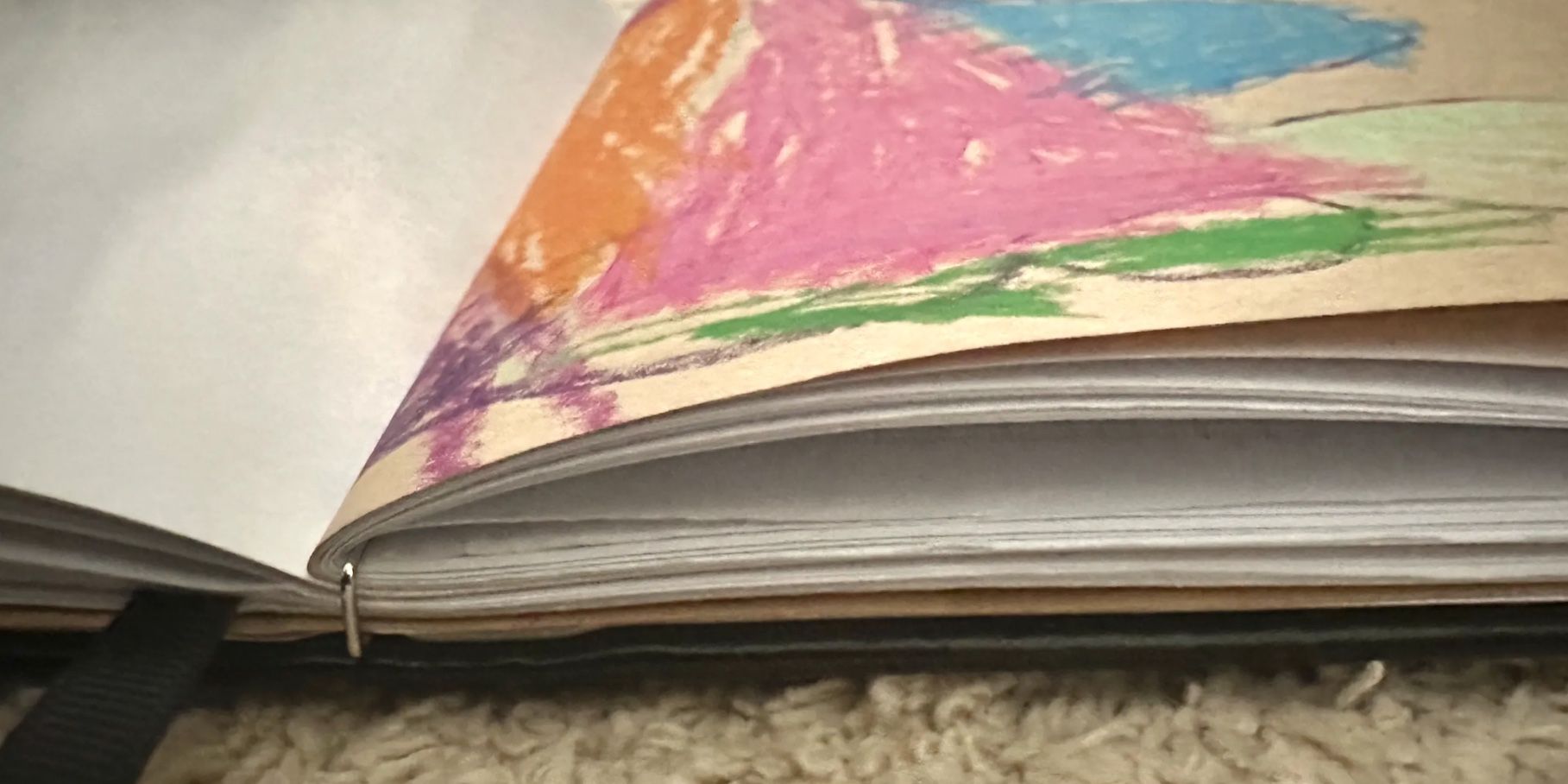
What’s the best way to use paper with a digital productivity system? That’s the question I’ve been trying to answer for the past month.
My research led me to the Rocketbook, which seems to have some remarkably dedicated fans, so I checked it out. It’s a fantastic concept, I was really impressed!
The Rocketbook is —
✅ Slimline
✅ Filled with reusable pages that make it economical over time
✅ Bound with a sturdy coil
✅ Equipped with an app that makes it easy to send scans to location/s of your choice
But —
❌ You can only write in it with Pilot Frixion pens
❌ If a page gets wet before it’s scanned, your work is lost forever
❌ It’s not easy to use your own templates (although you can draw some with Sharpie pens)
❌ Those expensive pages can be easily ruined by ignorant souls with regular pens
After a day of research and soul searching, I knew the Rocketbook would be fun to use, but not the long term solution I was looking for. That list might look like a 50:50 split of pluses to minuses, but no matter how cool the positives, the negatives are things I could handle in short bursts, but not in my everyday carry notebook.
Enter the award winning Paper Saver: “The world’s only notebook designed to reuse paper as pages and reduce waste.”
The Paper Saver is —
✅ Nicely compact
✅ Well made, comes in a variety of colours
✅ Great for reusing paper otherwise destined for the trash
✅ Ideal for adding your own templates
But —
❌ Whatever is printed on the back of the sheets might be a distraction
❌ There’s no built-in way of archiving used pages
❌ You can’t utilise double page spreads in the same way as a regular notebook
This clever product is deceptively simple. In essence it’s an empty folder with a steel spring down the centre, waiting to receive your folded, single-sided scrap copy sheets. I also purchased the Organiser, for when I’m out and about. It slips in nicely behind your pages, and has a pencil case plus various pockets for business cards and larger scrap paper.
20 versions of my paper month planning page sat on the table before I settled on the finished design. Normally the rejected iterations would be turfed into the recycling bin, but now I’m reusing them for daily brain dumps and scribbles.
I haven’t felt this good about being a frugal Franny since finally learning to make use of the pulp after making plant milk!

Speaking of my monthly planning pages, I keep those in the centre of the book with one of my grandchildren’s lovely drawings dividing them from the rest of the paper. This way I can easily open up to the current month, leaving the Paper Saver bookmark for whichever notes page I’m using that day. I can see a use for sticky note flags on various pages in the future.

Obsidian is still my daily notes and productivity driver; it’s in no danger of being sidelined by paper!
I’d like to point out that my substantial collection of plain text (Markdown) files is at the heart of how I manage thoughts, ideas, and tasks, not Obsidian or any other app. The plain text files are the system! Apps like Obsidian, iA Writer, Notenik, Tangent, Acreom, VS Code (you get the idea), are merely the interfaces I use to work with them.
So now that I’ve added a paper notebook back into my life, how do I meld these analog and digital worlds?
By strategically scanning the pages I want to keep, onto my computer and into my Obsidian vault. It’s easier and more convenient than it might sound.
The plain text files are the system! Apps … are merely the interfaces I use to work with them.
You can digitise your pages with a multitude of apps including Apple Notes, and Readdle’s Scanner Pro, but the secret hack I’ve discovered is Rocketbook’s scanning app. I’ve printed out their sample page onto card and cut out the centre, making a frame that can be placed over my Paper Saver pages. The automatic scanning process isn’t completely reliable when the paper is folded into the book, but there are no problems when pages are removed and laid out flat.
Optical character recognition software works well much of the time, but many of my pages have drawings and multi-angled writing that no OCR on the planet can decipher. So far there haven’t been a whole lot worth transcribing, but I’m a fast typist so it’s an easy enough task.
Writing double hash marks (##) before and after the title of the page works well to automatically name the files scanned this way.
The Rocketbook app sends my scans to a folder on my Mac, and Hazel then disperses those files to the folders I’ve specified based on the file names. Specific topics go to my PARA folders in Dropbox, and dated brain dumps are moved to the Rocketbook folder in my Obsidian vault.
To readers who are familiar with my treatise on the one notebook and pen I swore never to give up, I’ll say this: paper may come and go, but the Pilot 4+1 pen still reigns supreme.
Neither the Rocketbook or Paper Saver will appeal to everyone, but I absolutely love the concept behind them! There’s something about the impermanence of the writing in one and of the paper in the other, that unlocks a part of my brain that’s reluctant to scrawl in a pristine, fixed paper notebook.
If the latter are still your thing, you might be interested in the premium Roterfaden notebook folder range.
Thoughts seem to flow like water when it doesn’t matter what, how, or how much I write. And best of all, there’s no need to store piles upon piles of completed notebooks! Scan and recycle, or scan and erase — that’s a brilliant way to help save our planet one sheet of paper at a time.
💬 Comment on Mastodon · Medium · or by email
Follow my RSS feed, or sign up to receive posts in your inbox
If you’ve found value here I invite you to share this post with someone you think will appreciate it, or to make a contribution to my support jar
 These 7 Setapp Tools Alone Make the Subscription Worth It
These 7 Setapp Tools Alone Make the Subscription Worth It
 How to Escape the PKM Trap of Sophisticated Procrastination
How to Escape the PKM Trap of Sophisticated Procrastination